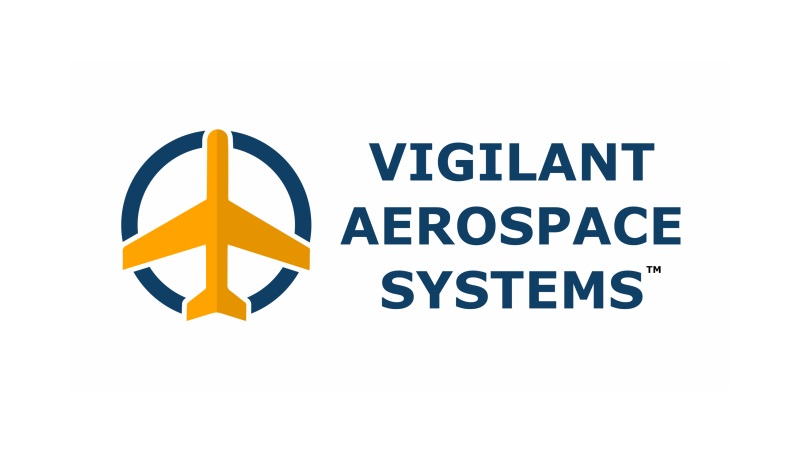Recently, the
Center for Advanced Aviation System Development (CAASD), operated for the FAA by the
MITRE Corporation, published a new research study about the use of Automatic Dependent Surveillance-Broadcast (ADS-B) systems by small, low-altitude unmanned aircraft systems (sUAS) and potential impact on the FAA’s overall ADS-B infrastructure.
The research analysis was presented to the
American Institute of Aeronautics and Astronautics conference in January 2017 in a paper titled “
ADS-B Surveillance System Performance With Small UAS at Low Altitudes.”
A key conclusion of the study is that, with properly balanced parameters, ADS-B has the potential to be a viable safety solution for integrating sUAS into the national airspace:
MITRE CAASD’s analysis indicates the key parameters affecting the UAT system performance are sUAS ADS-B transmission power and sUAS traffic density. The results of modeled conditions suggest these two parameters can be balanced to attain an acceptable load on the UAT in areas of potentially high sUAS concentration while still preserving the safety and utility ADS-B provides to all aircraft. These results are subject to, and will vary under, real-world conditions and FAA-approved operations.
The study also concluded that the use of ADS-B with any aircraft fleet
Some in the sUAS community believe that equipping sUAS with ADS-B would help safeguard operations by enabling sUAS to be aware of each other and potentially help appropriately equipped low flying manned aircraft or ATC to be aware of their presence. Additional analysis is needed to determine the utility of ADS-B on sUAS safety.
MITRE recommends any feasibility evaluations (with regard to interference with ADS-B services) for a particular future fleet should include the following: fleet size, distribution, transmit power, number of aircraft simultaneously transmitting, antenna performance, manned aircraft traffic, distance from sUAS to ADS-B ground stations, and terrain or structures. Operational considerations and active fleet management strategies should also be considered to reduce the effects of UAT ADS-B interference.
Overall, the conclusion of the paper was that ADS-B is viable technology for the identification and tracking of unmanned aircraft in the national airspace and as a way for unmanned aircraft to safely interact with the air traffic control system and other aircraft:
“The results of modeled conditions suggest these two parameters can be balanced to attain an acceptable load on the UAT in areas of potentially high sUAS concentration while still preserving the safety and utility ADS-B provides to all aircraft. These results are subject to, and will vary under, real-world conditions and FAA-approved operations.”
About MITRE
From the website:
MITRE a not-for-profit organization that operates research and development centers sponsored by the federal government. Since 1990, MITRE has operated the FAA’s Federally Funded Research and Development Centers (FFRDC) – which are unique organizations that assist the United States government with: scientific research and analysis, development and acquisition, and systems engineering and integration. Currently, the Center for Advanced Aviation System Development (CAASD) works with the Federal Aviation Administration (FAA) to provide the safest, most efficient aerospace system in the world and to meet the evolving needs of the nation’s airspace. More information about MITRE: www.MITRE.org/centers/Center-for-Advanced-Aviation-System-Development/who-we-are
Read the full article from UAS Vision:
“ADS-B Surveillance System Performance with sUAS at Low Altitudes” 
